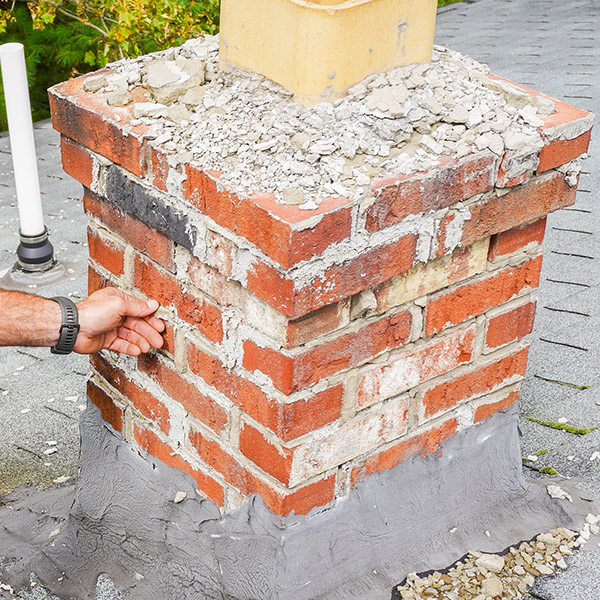Chimney Facts & Myths: What’s True and What’s Not
Chimneys are often surrounded by misconceptions and myths, which can make it difficult for homeowners and business owners to separate chimney facts from fiction. It’s essential to understand the truth behind common chimney beliefs to keep your home or business safe, efficient, and comfortable.
At Best Chimney, we take pride in providing top-notch residential and commercial chimney services across the Boston area. Whether you need a routine cleaning, a full inspection, or expert repairs, our certified team is here to ensure your chimney is safe, efficient, and functioning properly. Ready to schedule an appointment? Contact us today to keep your chimney in prime condition! In the meantime, let’s debunk some of the most prevalent chimney myths and share facts that will help you take better care of your chimney.

Fact or Myth: Chimney Sweeping Isn’t Necessary If You Don’t Use Your Fireplace
Myth: A common myth is that you don’t need to sweep your chimney if you aren’t using your fireplace. This simply isn’t true. Even if you never or rarely use your fireplace, your heating system does, and is under heavy use during the colder New England months. The venting passageway must remain intact and free and clear of any obstruction to ensure proper venting. To ensure safety, a professional inspection of the entire chimney system is recommended at least once a year, regardless of how often you use your fireplace.
Fact or Myth: Chimney Caps Are Essential
Fact: A chimney cap is an often-overlooked part of chimney maintenance, but it plays a crucial role. A chimney cap protects your chimney from water damage, keeps animals and debris out, and helps prevent downdrafts and sparks from escaping. Without a chimney cap, your chimney is more susceptible to rust, damage, and even blockages. Installing a chimney cap is an inexpensive way to protect your chimney and ensure it lasts longer.
Fact or Myth: You Can Sweep Your Own Chimney
Myth: Some homeowners may think that sweeping their own chimney is a simple DIY project. However, sweeping a chimney requires specialized tools and techniques that most people don’t have access to. Not only can improper cleaning lead to damage, but it can also fail to remove dangerous creosote buildup. A professional chimney technician has the right equipment to safely and thoroughly clean your chimney, removing buildup, debris, and potential blockages that could lead to hazards.
Fact or Myth: Not All Chimneys Are the Same
Fact: Chimneys come in different shapes, building materials and sizes, so not all chimneys require the same care. Whether you have a masonry chimney, a prefab metal chimney, or a system venting a gas appliance, each type requires specialized maintenance and attention. It’s important to work with a chimney professional who understands the specific needs of your chimney type to ensure it is properly maintained and safe to use.
Fact or Myth: Chimney Fires Are Not That Serious
Myth: Many people underestimate the dangers of chimney fires. Even a small chimney fire can spread quickly and cause significant damage to your home or business. Chimney fires often start due to creosote buildup, and if left unchecked, they can crack your chimney liner, ignite nearby wood, or cause the entire chimney structure to fail. Regular cleaning and inspections are essential for reducing the risk of chimney fires, keeping your home and loved ones safe.
Fact or Myth: Regular Inspections Can Save You Money in the Long Run
Fact: One of the most important chimney facts is that regular inspections can help you avoid costly repairs. Inspections allow professionals to detect early signs of damage, blockages, or wear before they turn into more serious issues. By addressing small problems early, you can avoid expensive repairs down the road and extend the life of your chimney system.
Get the Facts Today with Our Chimney Professionals
Keeping these chimney facts in mind can help you avoid costly repairs and ensure your home or business remains safe and comfortable throughout the year. Best Chimney is always here to help with all your chimney needs, from inspections and cleanings to expert repairs and installations. Don’t wait—schedule an appointment with us today and enjoy peace of mind knowing your chimney is in expert hands!
The post Chimney Facts & Myths: What’s True and What’s Not appeared first on Boston's Best Chimney.

 Fireplace Insert: An
Fireplace Insert: An 

 Common Causes of Chimney Leaks
Common Causes of Chimney Leaks



